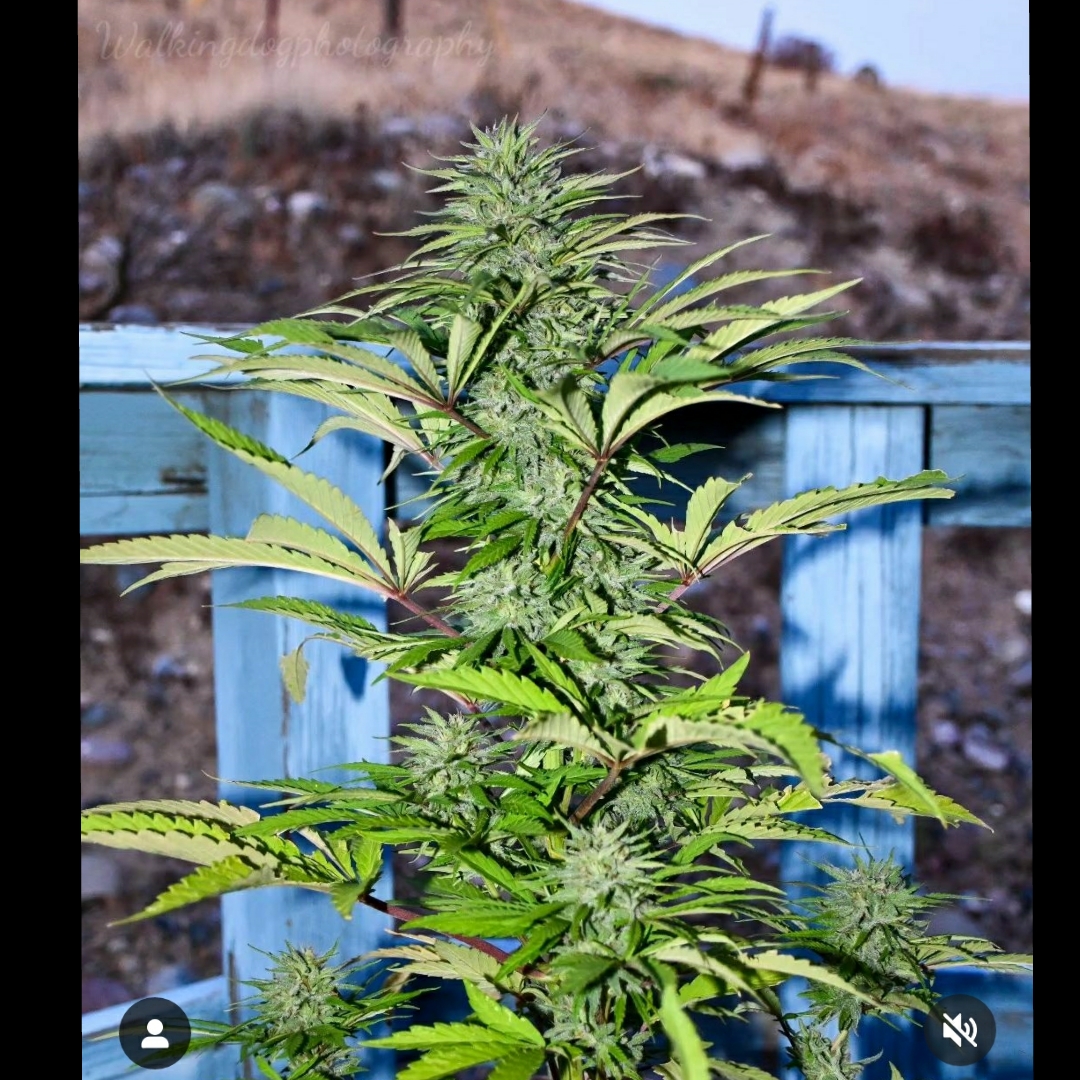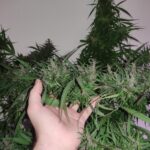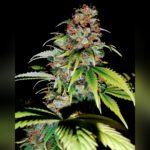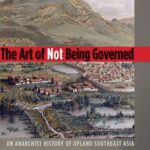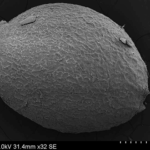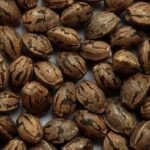An individual from a Syrian cannabis landrace, photographed by a customer of ours who sowed our ‘Syrian’ in July and took this photo in mid to late September.
Near Eastern landraces like our ‘Lebanese’ and ‘Sinai’ or ‘Syrian’ and ‘Turkish’ are very early finishing, with the cannabis harvest in regions like Bekaa Valley starting as early as mid August. Most Near Eastern landraces are ‘semi-auto’, meaning that under a light cycle like 18/6 they go into flower.
‘Hashish landraces’ from the Near East are excellent candidates for breeding advanced high-density, high-yield outdoor crops for drought-affected northern latitudes, particularly because of individuals that can be found in landraces like our ‘Syrian’, ‘Sinai’, and ‘Lebanese’.
What makes real Near Eastern landraces well-suited for breeding advanced high-yield crops is the prevalence of plants with columnar single-stem architecture. This low- to no-branching architecture enables very high density planting and far higher yields per acre.
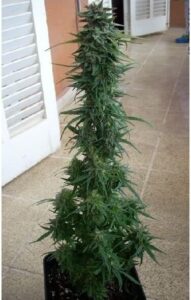
Columnar architecture in a Lebanese landrace
Unfortunately, in modern hybrids this columnar trait has been selected against by western underground breeders, who select for branchy architecture, which is very low density, which means very low yields per hectare relative to the potential of a columnar high-density crop. See the ‘Turkish’ line which came to us via Spain for a line bred for high branching.
The ‘Syrian’ plant in the photo is described by the grower who took the photo as ‘very hashy, very piney, gas and funk, lime and fruits. Also some pepper like Haze. She’s a complex one!’ The plant is now beginning to show purple colouration with cooler temperatures.
Crucial reading for anyone with an interest in serious cannabis breeding projects (i.e., not mindless outcrossing) is this 2017 study by Ernest Small: ‘Dwarf germplasm: the key to giant Cannabis hempseed and cannabinoid crops’.
And remember, hybridization is the main cause of extinction of cannabis biodiversity, not the cops.
